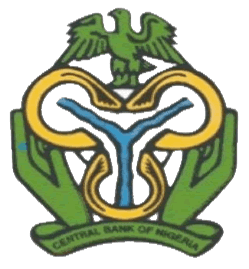Monetary Policy
MPC Mandate of the CBN | Fiscal Policy | Committees | Calendar of Meetings | Educational | FAQ's | Policy Decisions | Policy Communiques | Intl. Economic Cooperations | Monetary Policy Review | Policy Measures | Understanding Monetary Policy Series | Monetary, Credit, Foreign Trade and Exchange policy Guidelines | Monetary Policy Committee Reforms | AfCFTA
The Conduct of Monetary Policy
The Performance of Monetary Policy In 1991
In 1991, the monetary policy measures of the CBN were aimed at
consolidating and enhancing the gains already made in the reduction of the
inflation rate and the pressure on the external sector, as well as the
stimulation of domestic production capacity.
However, the performance was not all that encouraging as narrow money (M1) grew by 32.6 percent surpassing the 14.6 percent target for the year. Banking credit to the economy grew at a rate of 45.3 percent in excess of the 10.6 percent target. Bank credit to government grew by 66.8 percent instead of the 0.0 percent target. Credit to private sector grew by 33.2 percent as against the 0.0 percent target. GDP was 4.4 percent compared with 8.3 percent in 1990 and the inflation rate increased from 7.4 percent in 1990 to 13.0 percent.

 Flickr
Flickr Instagram
Instagram LinkedIn
LinkedIn